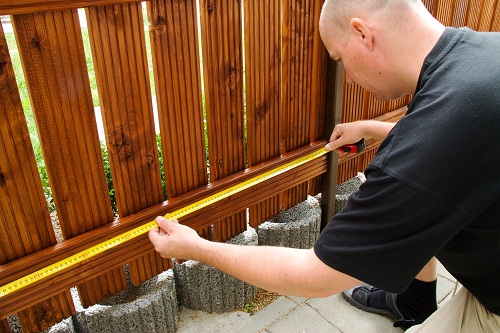
Even though residential fencing may not have set standard heights, each local government has its own specific residential fence height regulations. Front yard fences are commonly about 3 feet while backyard fences usually range from 6 to 8 feet.

Here are some other details to keep in mind when planning a fence installation for your home:
Determine Height by Purpose
In most cases the height of any fence will be determined by its purpose. Some fences are for aesthetic value while others are designed to protect privacy.
Height does not matter as much for decorative fences, but when it comes to privacy concerns, there are many questions to answer, such as:
- Will trees need to be cut in order to install the fence?
- Is it possible the fence can obstruct scenery for neighbors?
- Does the fence affect curb appeal and raise property value?
- Will the fence be sturdy enough to withstand adverse weather?
- Will a four foot fence around a pool be adequate for privacy?
Another purpose for fencing is to contain pets. If you have a large dog you will probably need at least a 6 foot fence, which is about the level too high for big dogs to jump over.
For keeping animals such as deer off your property, you may need a 7 foot fence.
Add Extensions
You can always add more height to a fence with an extension, which is also known as a topper. This type of panel can add an extra foot of height. You may want to hire a carpenter to build a custom extension for your fence installation.
As long as the existing fence is in good condition, extensions make sense and can add decor to your property. But if the existing fence is breaking down, then it’s best to replace it.




